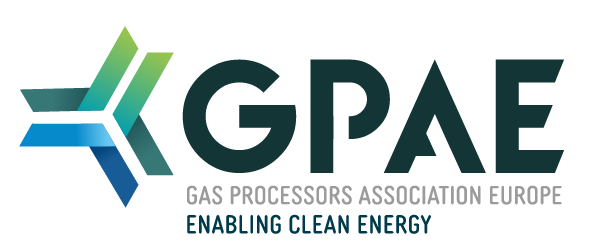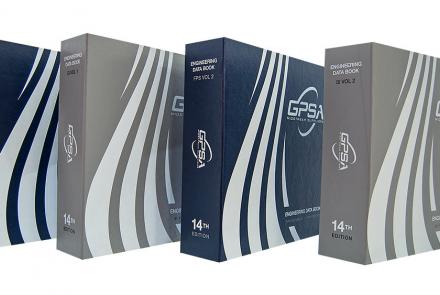Order your copy of the The GPSA Engineering Databook. The 14th edition is almost 1,000 pages of technical information and is the worldwide authoritative resource for technical and design information.
See What’s Happening in Your Pipeline: The Future of Gas Plant Management
The paper explores both the financial the safety issues of allowing liquids into gas transmission networks that lead to $ms of lost revenue and pose serious safety threats.
The two fiscal measurements of flow and calorific value are compromised when liquids are present in dry gas streams. Monitoring gas flows with a new camera system is showing that many gas supplies, thought to be dry, actually contain liquids in mist flows and stratified flows. This paper shares videos of real-world installations and tests showing that many gas processors are giving away BTUs in the form of NGLs without knowing it.
With the ability to look directly into high-pressure gas pipelines, this paper describes how this new technology is discovering that phase separation and NGL recovery systems are not necessarily performing to specification. Traditional analysis systems conforming to API standards to monitor water and hydrocarbon dewpoints can lead the industry to be unaware when fault conditions exist, allowing liquids to pass through custody transfer points without tripping alarms.
Using image processing and machine learning to categorize the severity of contamination is turning interesting videos into data that is being used as a new metric for process control.


